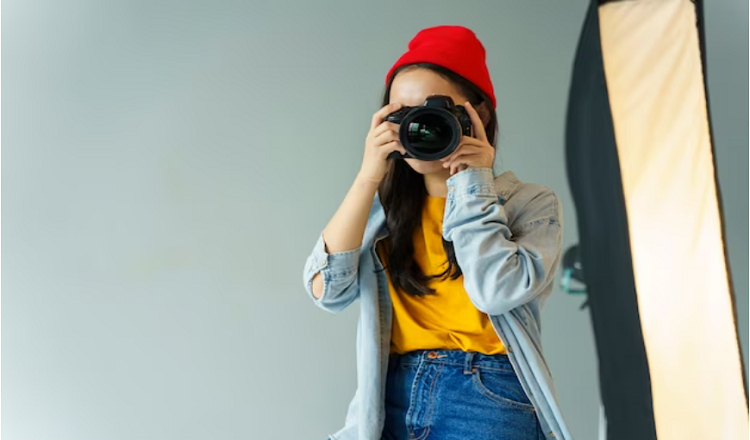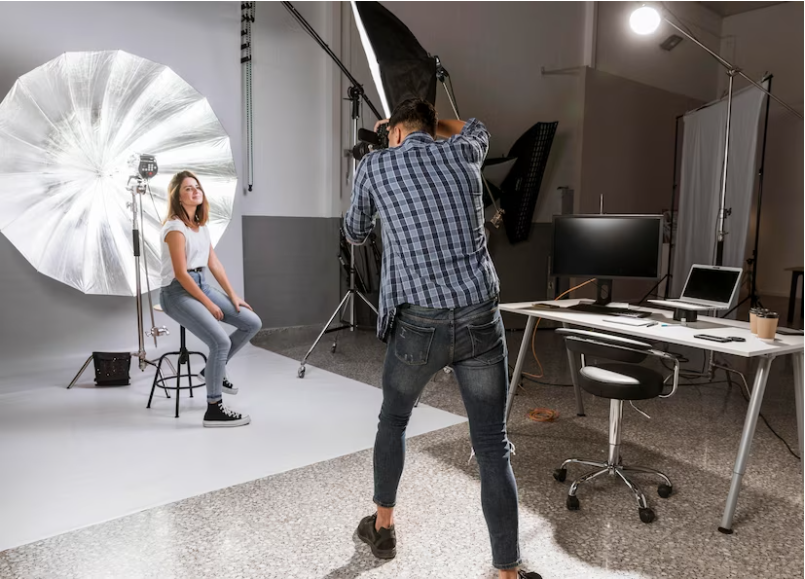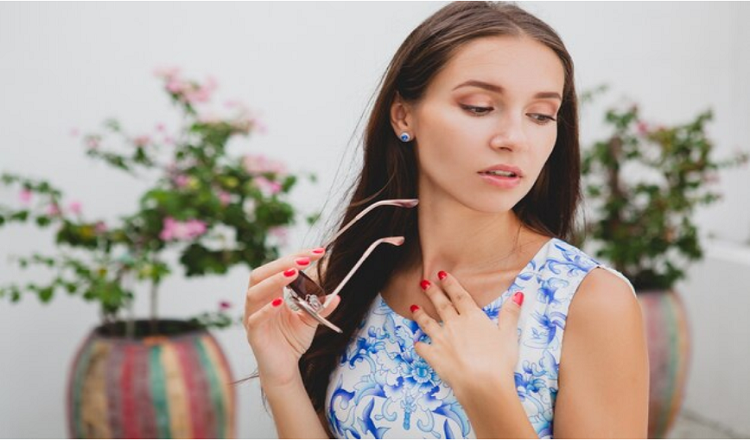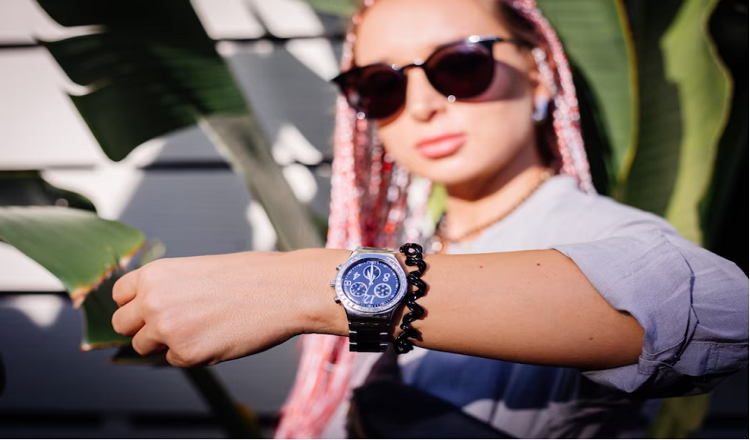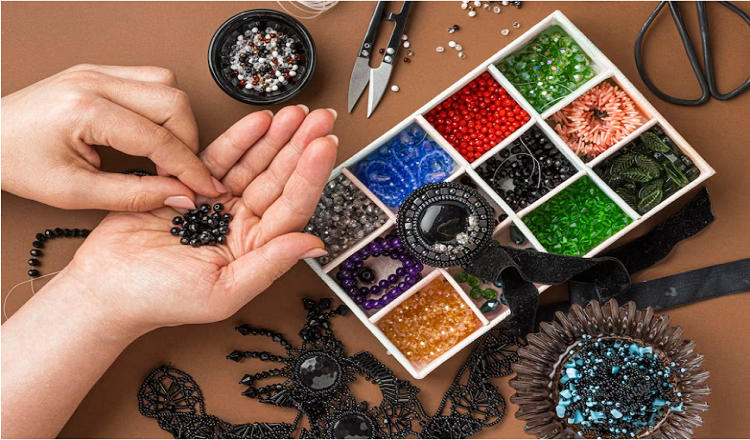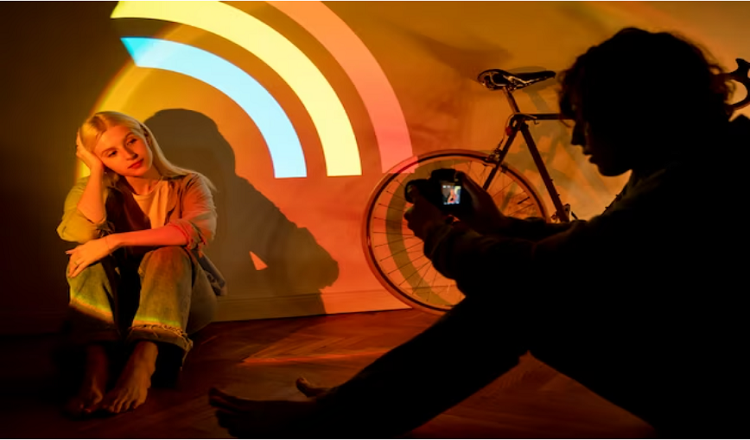
Natural Light vs Studio Lighting: Which One to Choose?
Introduction
The right lighting setup can make all the difference when it comes to taking beautiful photos or making interesting movies. Natural light and studio lighting are two options that photographers and filmmakers often think about. Both choices have their own pros and cons, and picking one over the other depends on a number of things. In this piece, we’ll take a look at both natural light and studio lighting, pointing out their pros and cons and helping you decide which one may be best for your needs.
Natural Light: Embracing Nature’s Beauty
Embracing the Outdoors
Natural light, as the name suggests, refers to the illumination that comes from the sun or any other natural source. When shooting with natural light, photographers and videographers harness the beauty that nature provides.
Soft and Flattering
One of the major advantages of natural light is its softness, which produces gentle and pleasing shadows on the subjects. This soft quality often results in a more natural and flattering look, particularly when photographing people or capturing intricate details.
Dynamic and Ever-Changing
Another fascinating aspect of natural light is its constantly changing nature. Throughout the day, the angle, intensity, and color temperature of natural light evolve, presenting photographers and videographers with an array of creative opportunities. This variability in lighting can add depth and interest to your images or footage.
Limited Control and Unpredictability
Despite the undeniable appeal of natural light, it does come with certain limitations. One major challenge is the lack of control over the lighting conditions. Weather, time of day, and cloud coverage can significantly alter the quality and intensity of natural light, making it unpredictable and sometimes difficult to work with.
Studio Lighting: The Power of Controlled Illumination
Total Illumination Control
Studio lighting offers photographers and videographers complete control over the lighting environment. With various artificial light sources and modifiers at their disposal, professionals can orchestrate the perfect lighting setup tailored to their specific vision.
Consistency and Reproducibility
One of the greatest advantages of studio lighting is its consistency. Unlike natural light, which fluctuates throughout the day, studio lighting provides a stable and predictable illumination. This allows for precise adjustments and ensures consistent results, making it ideal for commercial or product photography, fashion shoots, or videography.
Creativity and Experimentation
Studio lighting enables photographers and videographers to indulge in creative experimentation. With the ability to position and shape light sources, control shadows, and adjust color temperatures as desired, artists have the freedom to create unique and visually striking images or videos that may be challenging or impossible to achieve with natural light alone.
Initial Investment and Setup
While studio lighting offers numerous advantages, it also requires a significant financial investment. Acquiring the necessary equipment, such as strobes, softboxes, and light stands, can be costly upfront. Moreover, setting up a proper studio space and learning to navigate complex lighting setups may not be feasible for everyone due to space constraints or lack of technical expertise.
Which One Should You Choose?
Consider Your Subject and Purpose
When deciding between natural light and studio lighting, it is crucial to consider the subject matter and intended purpose of your project. Portraits, lifestyle photography, and outdoor landscapes often benefit from the organic, soft touch of natural light, while controlled artificial lighting is favored in precise product photography or fashion shoots.
Evaluate the Resources Available
Assessing the resources at your disposal, including budget, space, and time, is essential. If you have limited access to professional lighting equipment, shooting with natural light may be a practical choice. Conversely, if you have the means to invest in a studio setup and are willing to learn the necessary techniques, studio lighting can provide you with unparalleled control and consistency.
Experiment and Combine
Ultimately, remember that natural light and studio lighting are not mutually exclusive. Many photographers and videographers often blend the two to achieve optimum results for their projects. Experimenting with different lighting setups and harnessing the advantages of both options can open new creative horizons and lead to truly remarkable visuals.
Conclusion
In the debate of natural light vs studio lighting, there isn’t a clear-cut winner. Both options offer distinct advantages and disadvantages, and the choice depends on individual preferences, project requirements, and available resources. By understanding the qualities of natural light and studio lighting, considering your subject and resources, and experimenting with various lighting techniques, you can elevate your photography or videography skills and capture moments in an extraordinary way. Remember, whether you choose to work with natural light, artificial lighting, or a combination of both, the key to exceptional results lies in your creative vision and technical expertise.
Read More You May Like:
- How to Style and Pose Models for Fashion Photography
- Shooting on Location: How to Find the Best Backdrops for Your Fashion Photos
- From Flat Lays to Action Shots: How to Photograph Clothes and Accessories
- Photography 101: Tips for Taking Amazing Fashion Photos
- From Photography to Styling: A Guide to Creating a Fashion Portfolio

